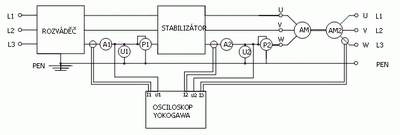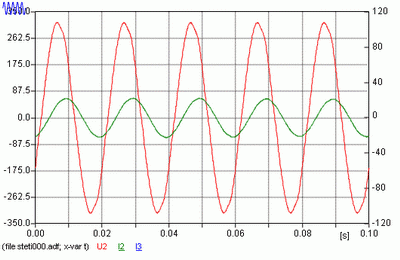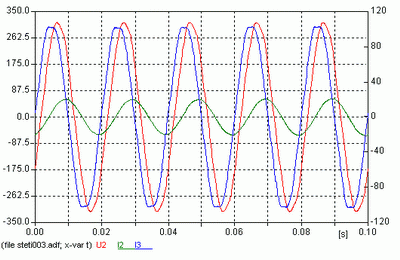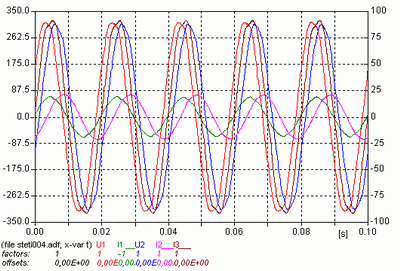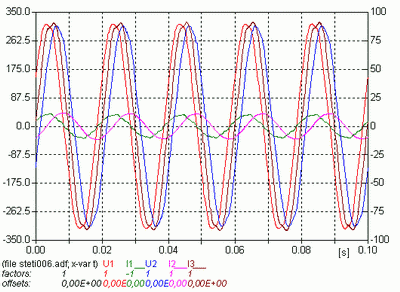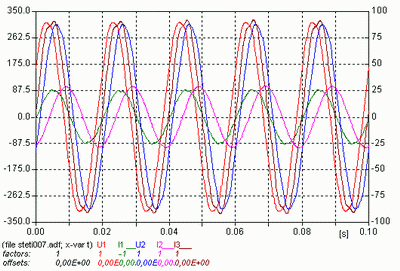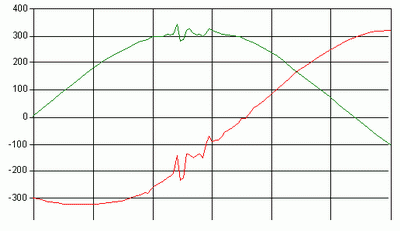|
|
||||||||||||||||||||||||||||||||||||||||||||||||||||||||||||||||||||||||||||||||||||||||||||||||||||||||||||||||||||||||||||||||||||||||||||||||||||||||||||||||
|
Optimized for MSIE 6.0 |
|
| Homepage | About us | Regulators | Production and support | |
||||||||||||||||||||||||||||||||||||||||||||||||||||||||||||||||||||||||||||||||||||||||||||||||||||||||||||||||||||||||||||||||||||||||||||||||||||||||||||||
|
|
||||||||||||||||||||||||||||||||||||||||||||||||||||||||||||||||||||||||||||||||||||||||||||||||||||||||||||||||||||||||||||||||||||||||||||||||||||||||||||||||
|
|
The Regulators |
|||||||||||||||||||||||||||||||||||||||||||||||||||||||||||||||||||||||||||||||||||||||||||||||||||||||||||||||||||||||||||||||||||||||||||||||||||||||||||||||
|
|
||||||||||||||||||||||||||||||||||||||||||||||||||||||||||||||||||||||||||||||||||||||||||||||||||||||||||||||||||||||||||||||||||||||||||||||||||||||||||||||||
|
|
Voltage and current rates Audit for stabilizers and regulators E-xx-xx developed by ERAM spol. s r.o. (BUREAU
OF ENTERPRISE OWNERSHIP AND PATENTS CERTIFICATE 2005-16999 / MPI G 05 B 15/02, G 05 B 11/06 )
|
|||||||||||||||||||||||||||||||||||||||||||||||||||||||||||||||||||||||||||||||||||||||||||||||||||||||||||||||||||||||||||||||||||||||||||||||||||||||||||||||
There were monitored input and output voltage/current
rates of stabilizer E-SS-66 set with following parameters:
Stabilizer/regulator powers up the asynchronous engine with the core "in short circuit" (nominal wattage 7,5kW, nominal speed 2900 rpm, nominal current 15,1A, nominal voltage 400V, 0,72 power factor) The asynchronous engine (AM) is decelerated by asynchronous engine (AM2) with nominal wattage 55kW, nominal speed 732 rpm, nominal current 116A, nominal voltage 400V, 0,68 power factor. The decelerating engine AM2 is cooled with the fan-cooler with the nominal wattage 2,2kW, current 5,3A, voltage 5,3A and 0,599 power factor.
The monitoring was realized in the
one-phase mode for two working states - at the first case using the
asynchronous engine power connection via stabilizer and regulator (recording
the voltage/current rates measured on the input and output of
stabilizer and regulator, the current value detection on the stator
winding in the decelerating asynchronous engine AM2) and at the
second case using direct engine power connection from the
switchboard 3x400V, 50Hz (recording the voltage/current rates on the
connectors of asynchronous engine AM, the current value detection on
the stator winding of decelerating asynchronous engine AM2. The situation - asynchronous engine is powered directly from the switchboard Tab. 1 The values recorded using the analog monitoring devices:
Tab. 2 The values recorded using the osciloscope:
|
||||||||||||||||||||||||||||||||||||||||||||||||||||||||||||||||||||||||||||||||||||||||||||||||||||||||||||||||||||||||||||||||||||||||||||||||||||||||||||||||
|
|
||||||||||||||||||||||||||||||||||||||||||||||||||||||||||||||||||||||||||||||||||||||||||||||||||||||||||||||||||||||||||||||||||||||||||||||||||||||||||||||||
|
The situation -
asynchronous engine is powered from the switchboard using the
stabilizer/regulator
Tab. 4 The input values recorded using the osciloscope:
Tab. 5 The output values recorded using the analog monitoring devices:
Tab. 6 The output values recorded using the osciloscope:
|
||||||||||||||||||||||||||||||||||||||||||||||||||||||||||||||||||||||||||||||||||||||||||||||||||||||||||||||||||||||||||||||||||||||||||||||||||||||||||||||||
|
Picture #5 - The input and output values curves of stabilizer recorded via osciloscope recording (Monitoring cycle #4, Tables #4,6)
Picture #6 - The input and output values curves of stabilizer recorded via osciloscope recording (Monitoring cycle #5, Tables #4,6)
Picture #7 - Transient process in the switching of circuit - very good characteristic. |
||||||||||||||||||||||||||||||||||||||||||||||||||||||||||||||||||||||||||||||||||||||||||||||||||||||||||||||||||||||||||||||||||||||||||||||||||||||||||||||||
|
There is possibility to achieve the savings of energy regarding the engines under the charge of moment less than the nominal (for value near the 60% is able to achieve the highest impact to effectivity - 10% max) using the decresaing power voltage to certain value. The regulator seems to be really
highly economical device usable for the public lightning systems or
lightning in the factories, hypermarkets, warehouses etc, where is
able to decrease the voltage value and complete wattage with saving
till 50%. From the engines point of view there
is positive result for engines they are working under the lower
charge (form 50% till 70%) and the regulation can assure the savings
nearby 10% The regulator in-the-test shows the compensation effect, that means the effectivity grows up from the starting value 0,743 to the final value 0,915 for Monitoring cycle #3 - tab #4 and tab #6.
|
||||||||||||||||||||||||||||||||||||||||||||||||||||||||||||||||||||||||||||||||||||||||||||||||||||||||||||||||||||||||||||||||||||||||||||||||||||||||||||||||

